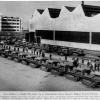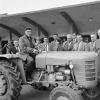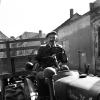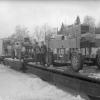The largest convertibles ever
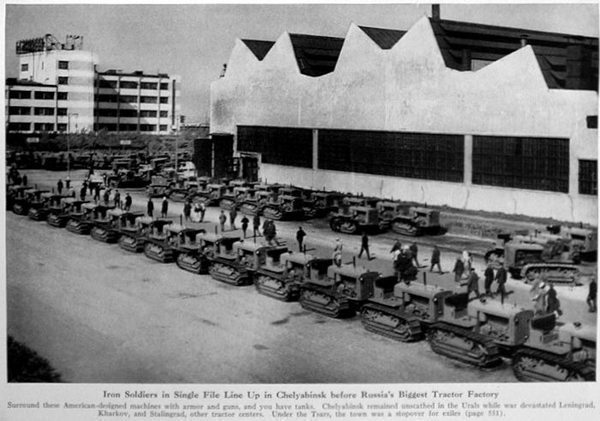
Iron Soldiers in Single File Line Up in Chelyabinsk before Russia's Biggest Tractor Factory
The belief that the Soviet industry could quickly convert its tractor production lines to military use was somewhat exaggerated - although it had great symbolic value in nationalistic campaigns during the Second World War.
There were some examples of such conversions in the 1930s, such as a legendary Stalingrad plant that produced parts for the (even more legendary) T-34 tank, but tank manufacturing was generally a separate industry. What had served as a patriotic legend for the Soviet Union during the war had a downside afterward. They provided the underpinning for US policymakers during the Cold War, to legitimate embargoes and bans imposed on trade with the USSR.
The fear of providing 'dual-use' technologies to the Soviet Union by selling production lines or tractors themselves, survived well in the 1970s, when Russians sought to buy more sophisticated equipment than farm tractors. At the hearings of US Senate committees, one Senator remarked that 'the reason why the Soviets want to buy American pipelayers instead of building their own is because their tractor plants are all pretty much full up - building tanks'

How to cite this page
Slawomir Lotysz, 'The largest convertibles ever', Inventing Europe, http://www.inventingeurope.eu/story/the-largest-convertibles-ever
Sources
- Austin, Richard Cartwright. Building Utopia: Erecting Russia's First Modern City, 1930. Kent: Kent State University Press, 2004.
- Dunn, Walter S. The Soviet Economy and the Red Army, 1930-1945. Westport: Greenwood, 1995.
- Scott, John. “’Magnetic City.’ Core of Valiant Russia’s Industrial Might.” National Geographic 83, no. 5 (May 1943).





